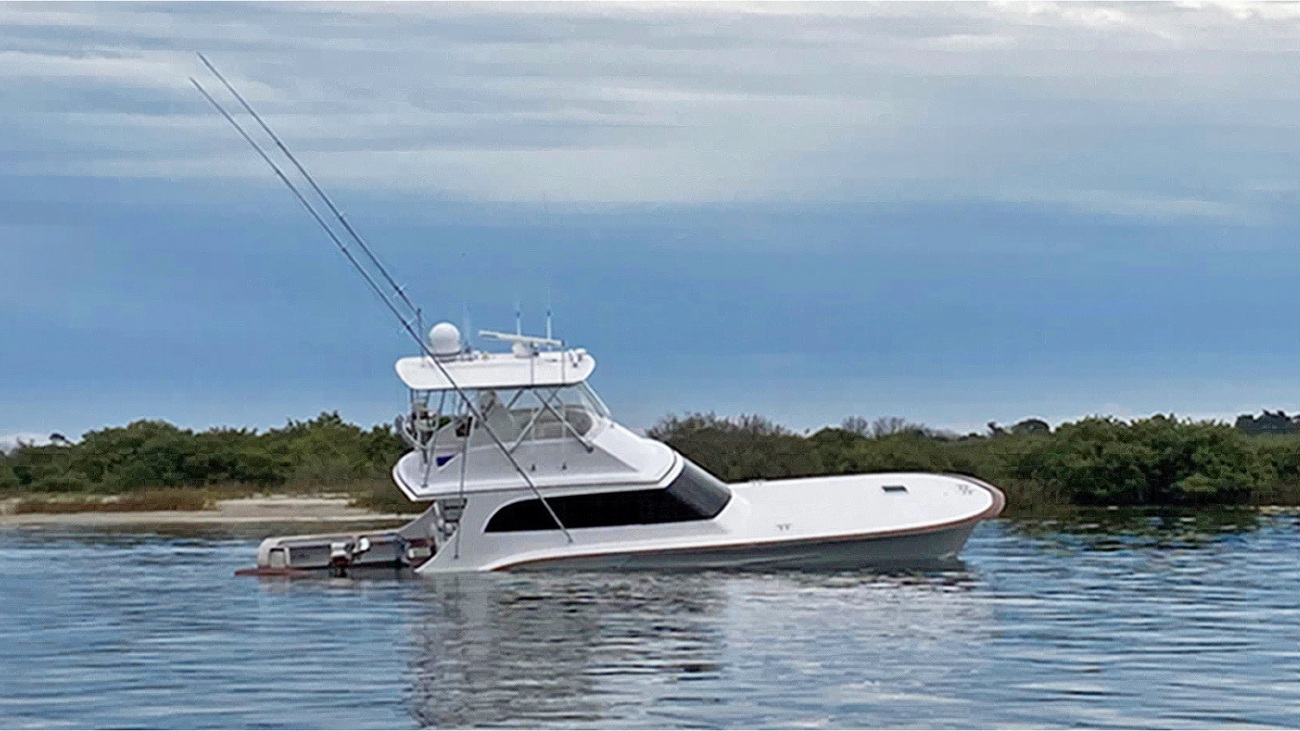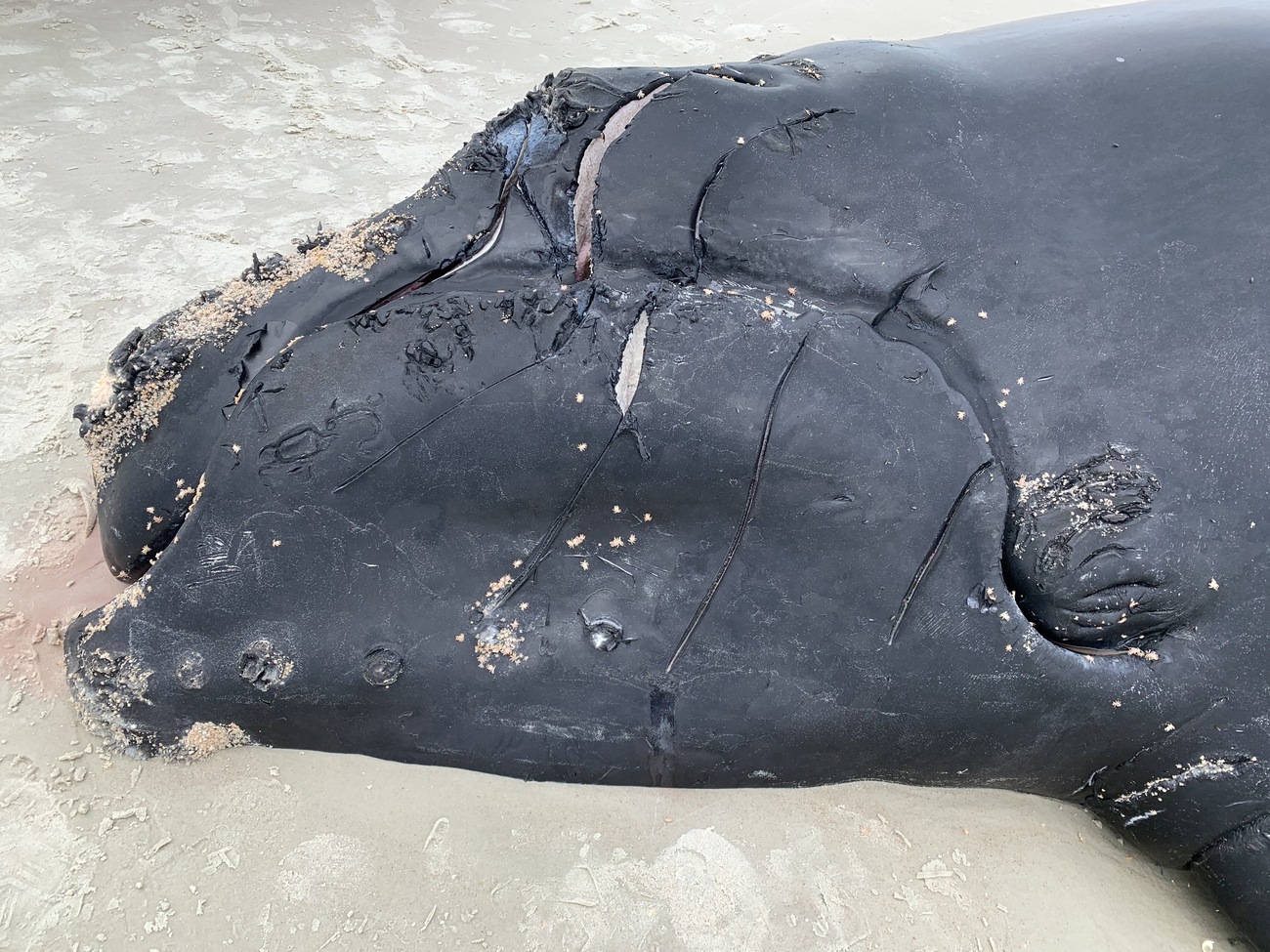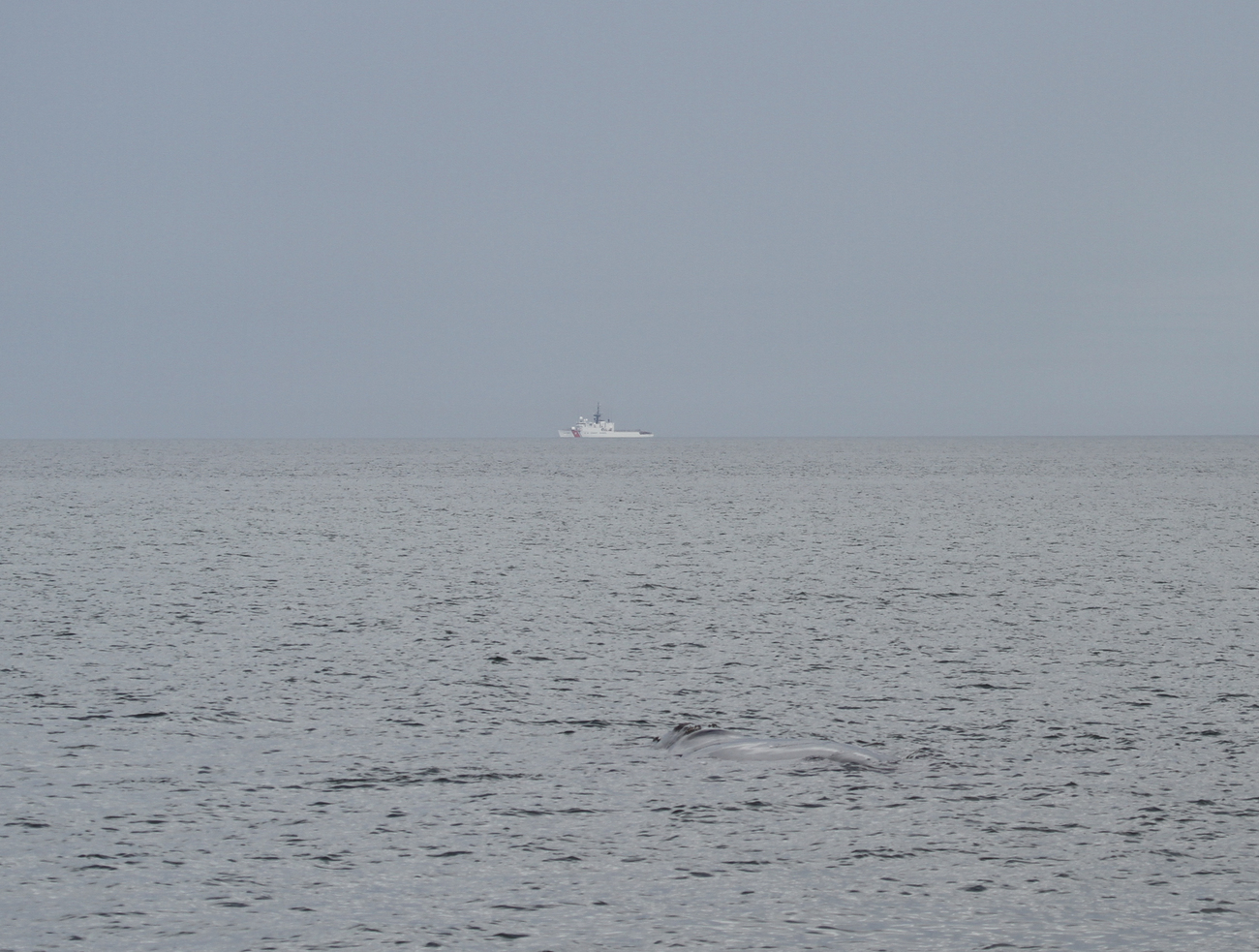Saving the North Atlantic right whale - North America
Don't fail our whaleSlow down to save endangered North Atlantic right whales
Slow down to save endangered North Atlantic right whales
Written by Greg Reilly, IFAW marine campaigner
When ships and boats navigate the same waters as North Atlantic right whales, high speeds pose a serious threat to their lives. With only 340 right whales documented in existence, and only 70 reproducing females giving birth to eight to 12 calves each year, it’s more important than ever to protect them.

Thousands of whales of all species—humpback, fin, pilot, and right whales—are struck by vessels annually. Most vessel strikes are never documented, as some ships are so large that whale collisions aren’t noticeable, and the sea quickly claims the remains, forever hiding the event.
Dense vessel traffic creates stress for North Atlantic right whales, contributing to fewer births, just when we need them to reproduce more. Collision risk and ocean noise add to the many challenges they face along their migration between Canada and central Florida.
People can change their behavior easier than whales
We need to reduce vessel strikes now, and the best way is for vessels to reduce speed. Prudent mariners avoid collisions with other vessels by keeping a sharp lookout and using technology such as marine radar. Lookouts can help, but historical records of vessel-whale collisions reveal that 90% of mariners never saw signs of whales before the collision.
The North Atlantic right whale likes to travel on the surface or slightly below it—mothers and calves especially—and their slow movement and dark color combined with the ocean’s dark hues and waves make them difficult to spot before it’s too late. While there is little risk of colliding with another vessel when the horizon and radar are clear, the risk of colliding with a whale persists.
This is why mandatory speed restrictions are critical to saving the North Atlantic Right Whale. Slowing down is the leading way to reduce the threat of vessel strikes. The Endangered Species Act and the Marine Mammal Protection Act require the government to take reasonable actions to protect right whales—and speed restrictions are the best way to protect them before it’s too late.

Enforcement challenges
The National Oceanic and Atmospheric Administration (NOAA) requires that vessels 65 feet or longer (with noted exceptions) slow to 10 knots or less, approximately 11 miles per hour, during designated times of the year along the US East Coast where North Atlantic right whales share the waters with ships and boats. Seasonal zones are established based on the right whale’s migratory patterns, which usually extend up to 20 miles offshore but can reach further based upon the numbers of whales present.
Dynamic zones are temporarily established when whales are observed outside of seasonal zones. It is voluntary to slow in these zones, yet few vessels do. NOAA also encourages smaller vessels to slow, but the compliance rates are very low.
At IFAW, we understand that there are limited conditions where a conflict exists between the need to protect whales and the need to ensure safe navigation. NOAA’s vessel speed rule contains a generous safe navigation provision, allowing a vessel’s captain or an embarked pilot to exceed the speed limit when they determine it is necessary to avoid risks to human life and the environmental damage that a grounding or ship-to-ship collision may cause. IFAW always seeks solutions that allow humans and animals to thrive together.

It’s time to take action
Download the free WhaleAlert app to see where speed zones are, where whales have been recently observed, and to report your own sightings.
If you operate a vessel in the busy whale areas of New England and the Mid-Atlantic, sign up for right whale Slow Zone notifications via email or phone number. They’re effective for 15 days following confirmed sightings, most frequently in late fall to early summer.
We must remember one irrefutable fact: If right whales and humans are to thrive together, we can’t change their behavior, but we can change ours.
With North Atlantic right whales hovering on the brink of extinction, now is the time for us to take action to save the species.
Related content
Our work can’t get done without you. Please give what you can to help animals thrive.